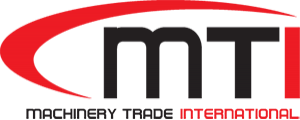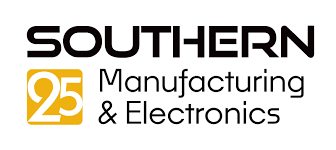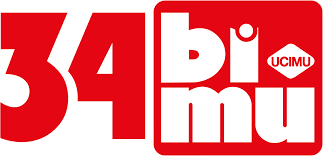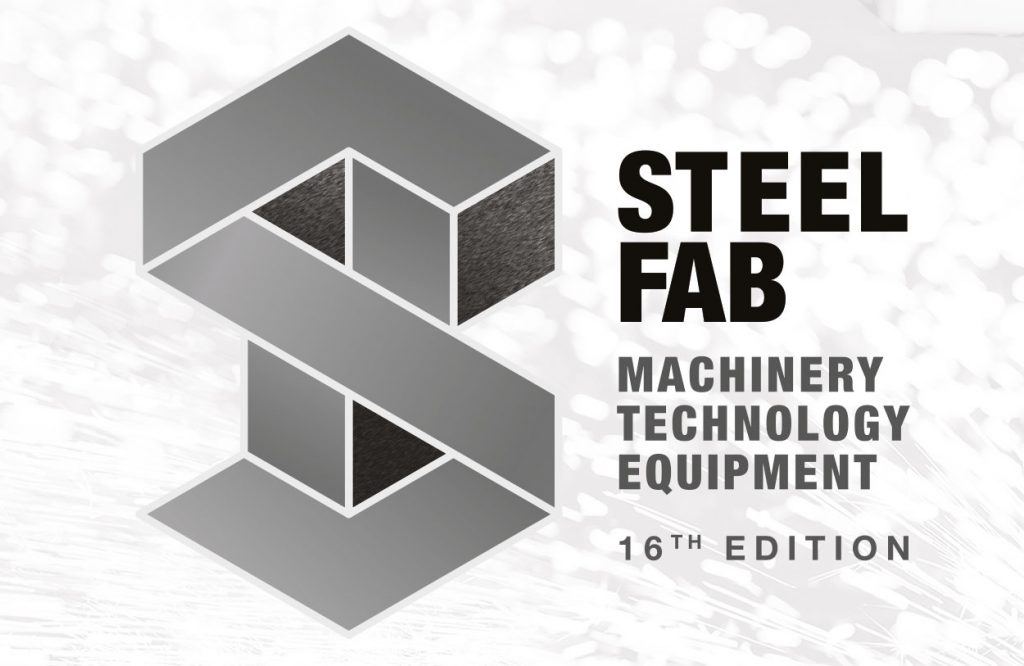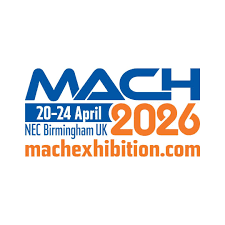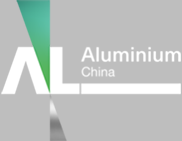At the recent BI-MU exhibition in Milan, Fagor Automation took the opportunity to shine the spotlight on its next generation of industrial automation and CNC technology, as well as its range of services, such as Fagor Digital Suite.
According to Fagor, Digital Suite 5.0 simplifies and streamlines decision-making in smart manufacturing environments. With integrated digital dashboards, real-time data visualisation and predictive maintenance capabilities, the company says that Digital Suite 5.0 offers a complete digital solution for industrial machinery.
Among other highlights on the Fagor stand was HMIelite, a next-generation HMI that optimises CNC systems for improved performance and user experience. Available in several models, including CNC 8070elite, 8065elite and 8055elite, Fagor says that HMIelite provides cutting-edge control technology, whether working with complex machines or high-precision applications.
Another key product on display was Series3, the company’s encoder solution known for its robust performance and functional safety. Certified with SIL2, this series is suitable for industries that require high safety standards. A stand-out feature of Series3 encoders is Fagor’s 3STATECH technology. What makes 3STATECH innovative is its ability to detect any contamination on the measuring standard, with its redesigned optical system and smart image processing algorithms. This capability offers an extra layer of reliability and ensures accurate performance, even in challenging conditions.
With over four decades of expertise in CNC systems and feedback solutions, Fagor says that its products are designed not just to meet today’s needs but to anticipate future manufacturing challenges, helping businesses transition seamlessly into the era of Industry 5.0. Whether looking to optimise CNC processes, implement digital transformation or improve safety standards, Fagor Automation has the tools and expertise to support.
More information www.fagorautomation.com
